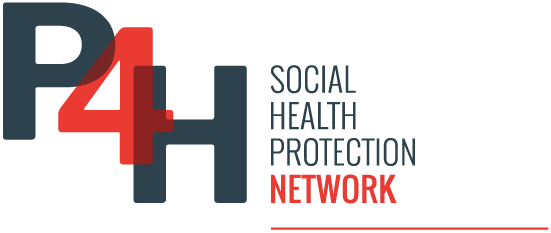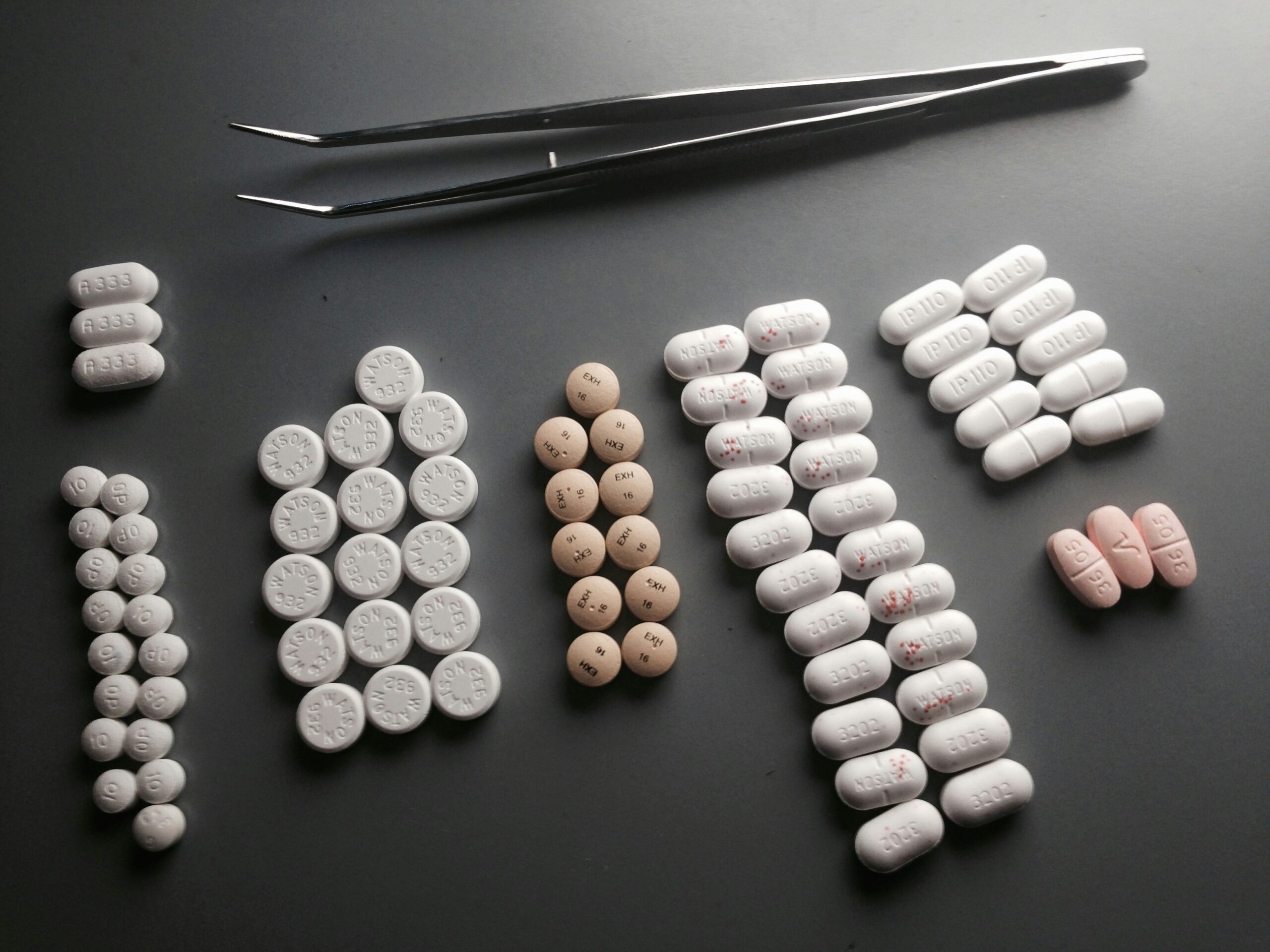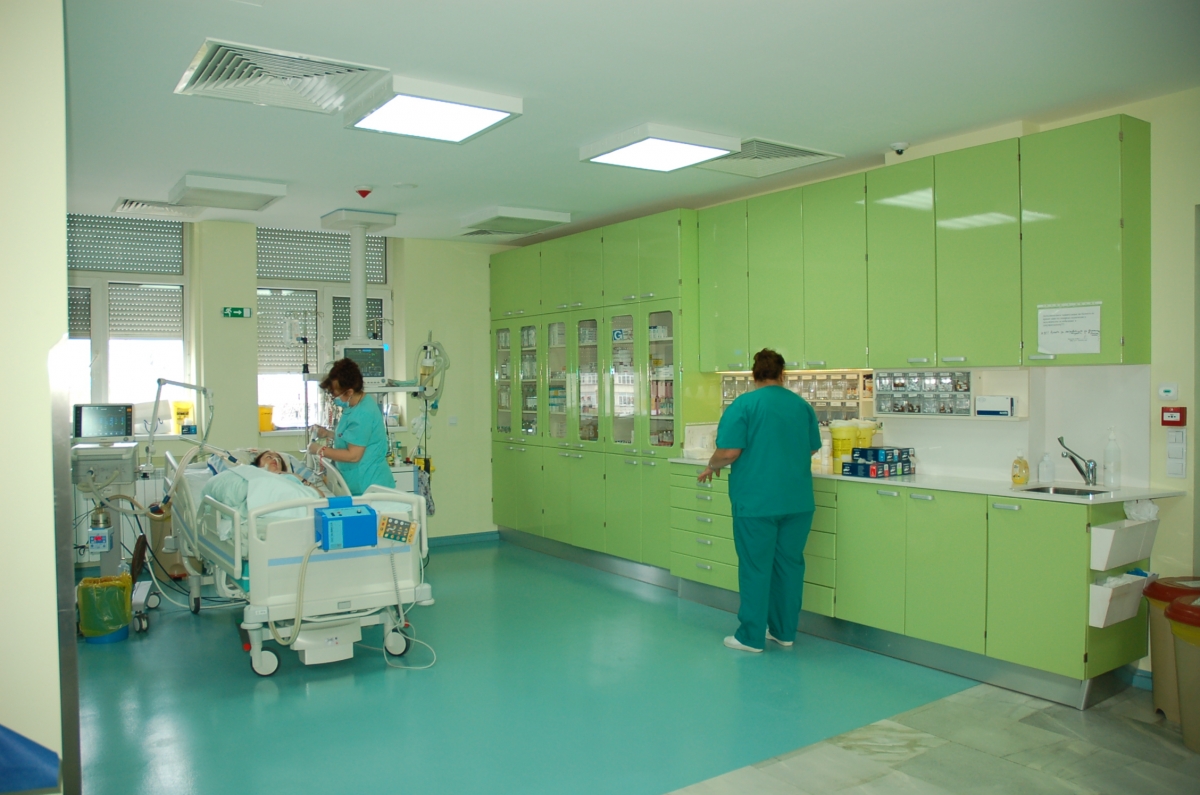The GDP per capita of Bulgaria’s population of just under 7 million people (2021)[1]. has been less than half of the average in the European Union (EU). However, since 2018 it has increased slightly faster than the EU’s, reaching Int$ 28,113 in 2021[2]. Bulgaria’s current health expenditure (CHE) as a percentage of GDP has remained above 7% of GDP since 2010, or less than the EU rate of 10%[2]. Although current health expenditure per capita in Bulgaria is the lowest in the EU, it steadily increased from Intl$ 373 in 2000 to Intl$ 2088 in 2020, with a faster growth in the recent decade[4]. Compulsory Financing Arrangements as a percentage of CHE accounted for 63.1% in 2020 (17.5% of CHE coming from Government Financing Arrangements and 45.6% from compulsory health insurance)[6]. Out-of-pocket spending (36.6%), driven mainly by spending on pharmaceuticals, was more than 2.5 times the EU average since 2000 and is the highest in the EU, but started to decline in 2017[5], [7]. General government health expenditure covered 54% of outpatient medical care and 27% of pharmaceuticals in Bulgaria in 2019, compared with 75% and 57% respectively in the EU[2].
Social health protection and health financing
The ministry of health (MOH) is involved in health system governance, including policy-making, planning, and regulating providers. Regional health inspectorates, which belong to the MOH, and municipal health commissions coordinate public health services locally[8].
The benefit package covers primary, secondary, and tertiary level health services and goods. People share costs for most services from the SHI package and make direct payments for excluded services. Informal payments, made by 10% of surveyed Bulgarians, add financial pressure on households[5]. About 15% of the population is uninsured, including nationals living abroad, the long-term unemployed, people with no documented identity and those who opt not to participate in SHI, raising access and equity issues[5]. The past Soviet influence manifests in excessive reliance on hospital care, accounting for 40% of domestic health spending, compared to 29% in the EU, and in specialized hospitals, which were transformed into comprehensive centres as part of a move towards integrated care[8]. Recent successful reforms targeted higher efficiency, but quality of care and financial sustainability remain challenges[9].
References
[1] The World Bank. Population, total, Bulgaria, 2021. Accessed June 1, 2023.
[2] The World Bank. GDP per capita, PPP – European Union. Accessed June 1, 2023.
[3] The World Bank. Current health expenditure, percent of GDP. European Union, Bulgaria. Accessed June 1, 2023.
[4] The World Bank. Current health expenditure, PPP (current international dollar). European Union, Bulgaria. Accessed June 1, 2023.
[5] European Observatory on Health Systems and Policies. Bulgaria: Country Health Profile 2021. Accessed June 2, 2023.
[6] Global Health Expenditure Database. Geneva: World Health Organization. Accessed June 1, 2023.
[7] The World Bank. Out-of-pocket expenditure. European Union, Bulgaria. Accessed May 15, 2023.
[8] European Observatory on Health Systems and Policies. Bulgaria: Health System Summary, 2022. Accessed June 2, 2023.
[9] European Observatory on Health Systems and Policies. Health Systems and Policy Monitor. Bulgaria. Health Systems in transition (HiT) profile. Accessed June 2, 2023.



